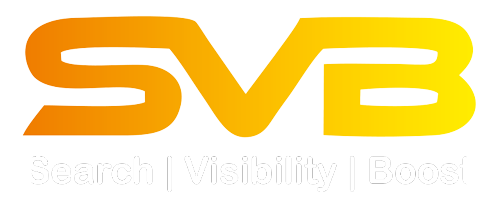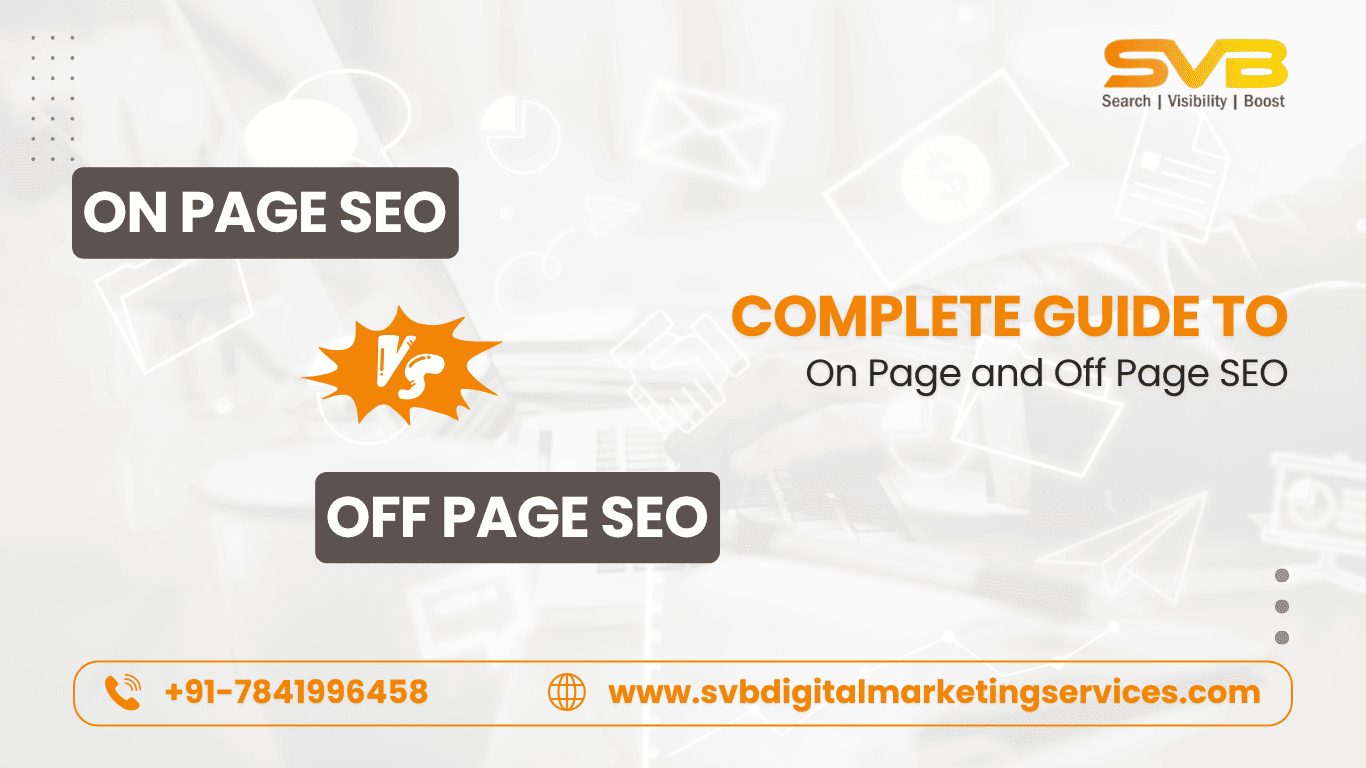In the ever-evolving world of digital marketing, ranking high on search engines is no longer optional – it’s foundational. For brands, businesses, and creators, Search Engine Optimization (SEO) is the bridge between good content and online visibility. Whether you’re managing your own online presence or partnering with an experienced SEO and digital marketing company, understanding the difference between on-page and off-page SEO is critical. These two essential pillars play distinct roles, yet their outcomes are deeply interdependent.
This guide breaks down both approaches and helps you build a strategy that aligns with Google’s ranking algorithm, voice search patterns, and the user-first content shift.
What is On-Page SEO?
On-page SEO refers to optimizing individual pages of your website to improve search engine rankings and attract relevant traffic. It includes everything you can control directly on your website.
Key On-Page SEO Elements:
- Title Tags & Meta Descriptions: Clear, keyword-optimized, and compelling summaries that show up in search results.
- Header Tags (H1-H6): Structured content that is easy for both users and search engines to navigate.
- Keyword Optimization: Integrating primary and secondary keywords naturally into your content without stuffing.
- Content Quality & Structure: Informative, original, and user-friendly content optimized for both desktop and mobile reading.
- Internal Linking: Linking between relevant pages within your website to improve crawlability and user retention.
- Image Optimization: Use of ALT text, file names, and compression for faster loading and better accessibility.
- URL Structure: Clean, readable, and keyword-rich URLs.
- Mobile-Friendliness: Ensuring your site adapts seamlessly to all screen sizes.
- Page Speed: Optimized loading times for enhanced user experience and ranking.
What is Off-Page SEO?
Off-page SEO focuses on increasing your site’s domain authority and credibility through actions taken outside your website.
Key Off-Page SEO Strategies:
- Backlink Building: Earning high-quality links from authoritative and relevant websites.
- Social Media Signals: Engagement and shares from social platforms that help amplify your content’s reach.
- Brand Mentions: Online references (linked or unlinked) to your brand that build reputation.
- Guest Blogging: Writing articles on reputable external websites to generate traffic and backlinks.
- Influencer Collaborations: Co-creating or featuring content with credible industry influencers.
- Forum Participation: Active and authentic engagement on industry-relevant forums or communities.
- Local Listings & Citations: Optimizing business profiles on platforms like Google Business Profile, Yelp, and Bing Places.
Balancing Both: A Holistic SEO Strategy
On-page and off-page SEO aren’t siloed activities. They work best when combined. High-quality content with poor link-building may stay invisible. Likewise, aggressive backlinking to low-quality pages won’t yield results. A well-rounded strategy means optimizing your content for relevance and building authority through external signals.
Voice and AEO Optimization Considerations
- Use conversational keywords and questions.
- Optimize for Featured Snippets and People Also Ask sections.
- Implement structured data/schema markup to help search engines understand context.
- Create FAQ sections with clear, concise answers.
- Prioritize fast, mobile-first experiences.
5 SEO FAQs
1. What’s the difference between on-page and off-page SEO?
On-page SEO refers to changes you make on your own site, while off-page SEO involves efforts made outside your site to improve authority and visibility.
2. How do backlinks improve SEO?
Backlinks act as votes of confidence. The more reputable sites link to your content, the more trustworthy search engines consider your page.
3. Can I rank without doing off-page SEO?
It’s possible for low-competition keywords, but sustainable rankings often require both strong content and a solid backlink profile.
4. How do I make my content voice-search friendly?
Use natural language, answer questions clearly, and optimize for mobile and quick loading.
5. How long does it take to see SEO results?
It typically takes 3–6 months to see significant results, depending on competition, content quality, and backlink profile.
Final Thoughts
SEO is not a one-time task but an ongoing strategy. Mastering both on-page and off-page techniques gives your brand a long-term edge, aligning your content with user intent and search engine signals. Whether you’re launching a new site or refreshing an old one, balancing both fronts is key to sustainable digital growth.
To take the next step in building a search-optimized digital presence, reach out to SVB Digital Marketing Services – your partner in measurable Digital Marketing Services provider

